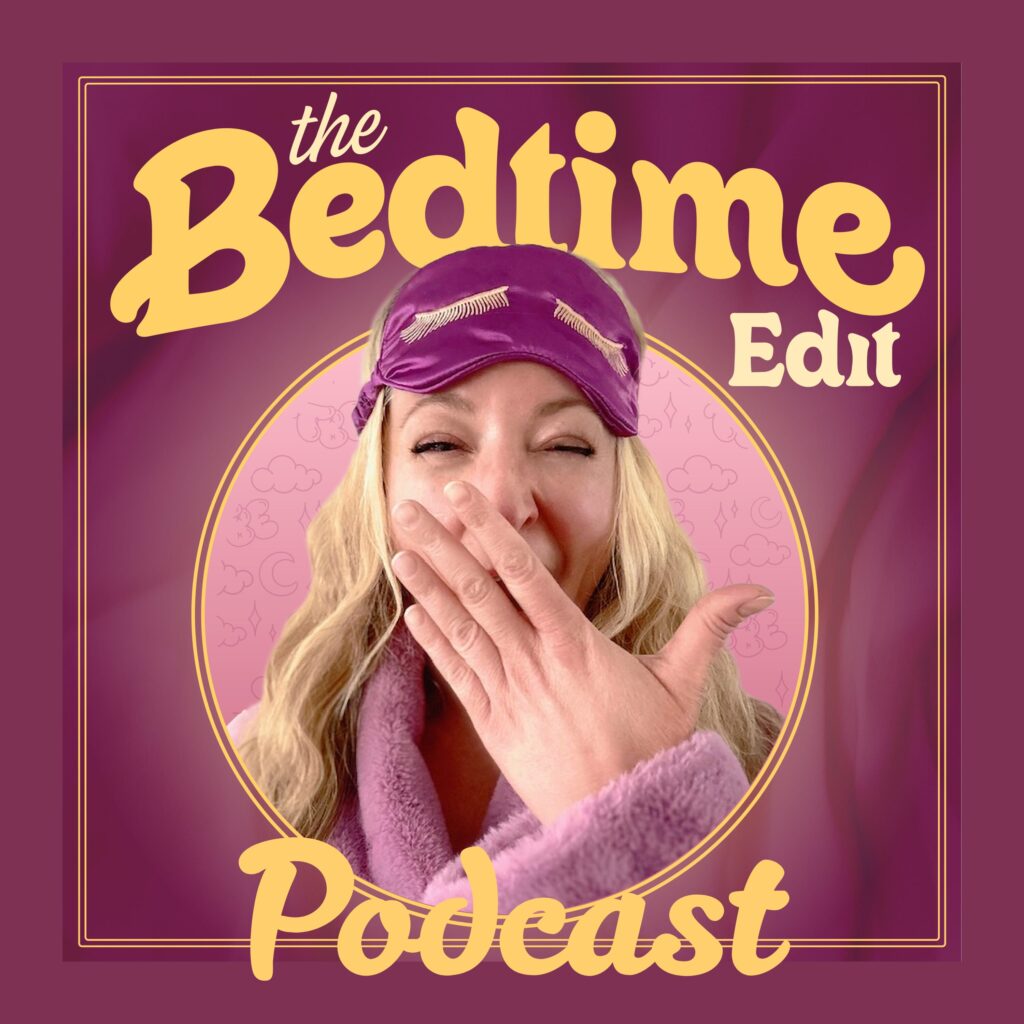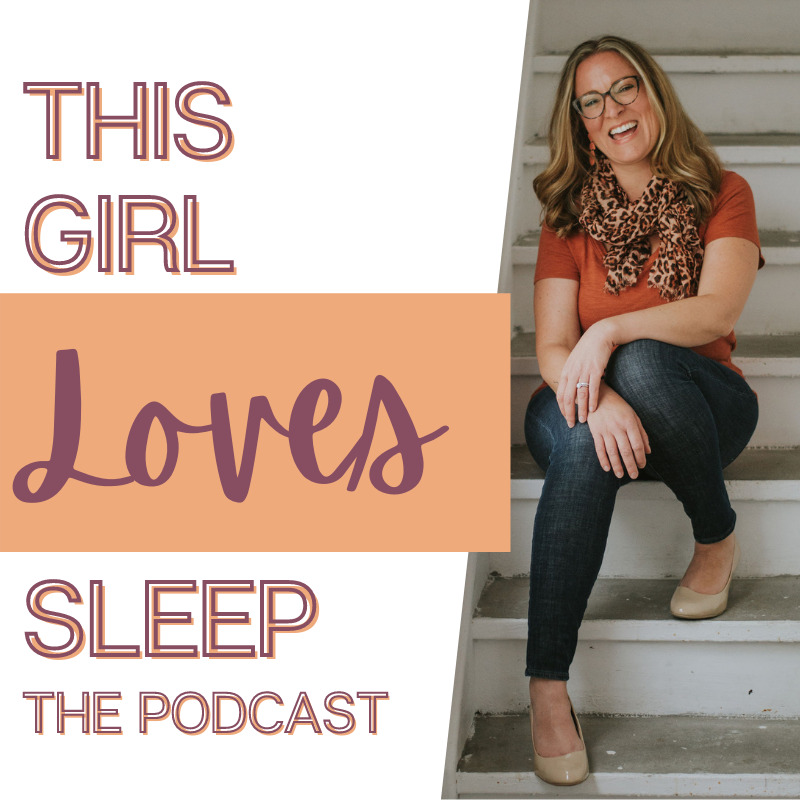As parents we often spend a lot of time planning on what our ideal nursery will look like according to our hopes and dreams for a positive and pleasant environment for our child. There is no shortage of beautiful nursery photos online or stylized crib photos in flyers. But how much of this inspiration actually works in your favor when it comes to sleep? After all, sleep is one of the most important aspects of development and a room that has been set up with sleep science in mind can be rewarding in so many ways.
Creating a Good Sleep Environment
Let’s go back to caveman days. Humans slept in dark, cool, quiet caves, secure from the threat of wild animals. This instinctual environmental set up still plays a significant role in signaling sleep to our bodies. Sleeping in dark, cool environments has shown to promote better sleep, as the absence of light and the cooler temperature cues our brain to boost melatonin production. Babies are no different, so keeping these influences in mind when setting up their sleep environment is key.
Sign Up For Our Newsletter
Temperature
The room temperature should be about 19-20C / 68-70F, and the room, dark. This attention to temperature also helps decrease the risk of SIDS (sudden infant death syndrome) as overheating is one of the risk factors. Make sure to dress baby appropriately, wearing one additional layer than you may typically wear. A sleeper and light sleep sack work in this temperature. If you can’t get the room that cool, try using a fan and dressing in lighter, short sleeved clothing.
Darkness
Investing in some good black out shades and curtains is so important for sleep. The room should be dark to the point where you can’t see your hand. Not only does darkness cue melatonin production, but it also eliminates the distractions upon which the baby would otherwise fixate, instead of falling asleep. Standing in a crib is a lot less fun when you can’t see anything!
White Noise
White Noise for newborns is essential as it mimics the sounds in the womb, which are comforting and settling to a baby. Older babies and toddlers also benefit from white noise as it helps to mask other noises in the house or outside, and helps them to focus on sleeping. Natural or non-looping white noise is best for the brain. When we listen to looping sounds, even if we can’t detect the loop, our brain can become attached to where it stops and starts, which can cause awakenings. Also, the pitch of the white noise is important. Higher pitch white noise tells our brains to stay alert and awake, whereas lower pitch white noise relaxes us and aids in sleep. Think of the sound when in an airplane, and make sure your white noise machine’s pitch can be adjusted.
We want the room to be associated with sleep, so try and keep playing and other activities to other parts of the house. Setting up and maintaining the proper sleep environment is key to making sure your child has the opportunity to get the best quality sleep possible. When you’ve got the physical environment nailed down, it’ll not only help improve sleep but also let you focus on other things that may be impacting your child’s sleep.
Safe Sleep
A critical component to a good sleep environment is following the safe sleep guidelines for prevention of SIDS. For example, babies 12 months and under should sleep in cribs free of blankets, bumpers, toys and, generally be empty with a tightly fitted sheet.
To read the full guidance, you can visit here.










